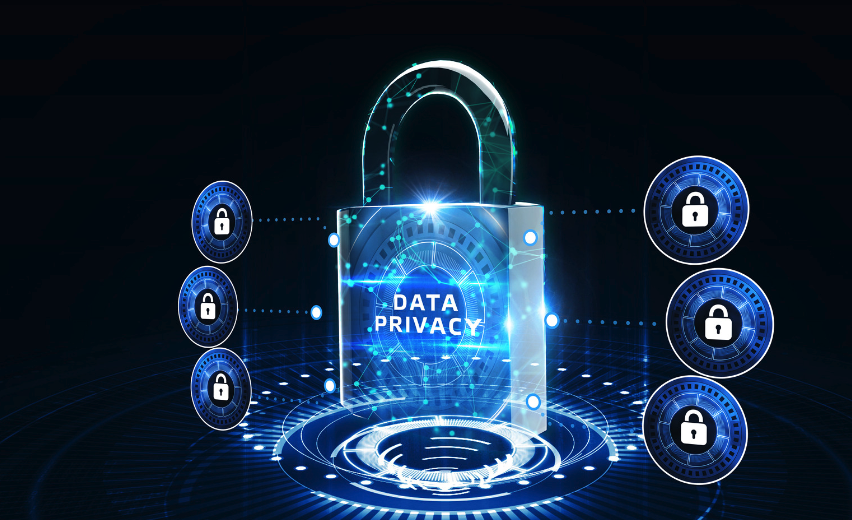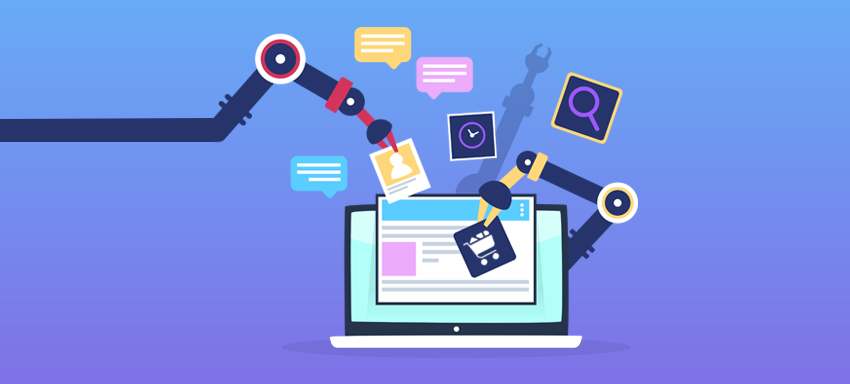As our lives become increasingly digital, the security of our personal and professional data becomes more critical. Every day, we rely on our devices to store sensitive information, ranging from financial data to personal communications. Securing data and information has become more critical than ever. With the rise of quantum computing, traditional encryption methods are becoming increasingly vulnerable to attacks. Therefore, researchers have been exploring new cryptographic techniques that can ensure secure communication in a quantum computing era.
Two such techniques that have emerged are Quantum Key Distribution (QKD) and Post-Quantum Cryptography (PQC). While both techniques offer unique advantages, the best solution for secure communication is an end-to-end quantum security system that incorporates asymmetric encryption, symmetric encryption, and strong random numbers.

QKD and PQC as possible solutions
Quantum Key Distribution (QKD) is a method of secure transmission that uses the principles of quantum mechanics to distribute a secret key between two parties, allowing them to then communicate securely. QKD relies on the fact that any attempt to measure a quantum system disturbs that system, which ends the transmission and can be detected by the communicating parties, making it impossible for an eavesdropper to intercept the secret key without being detected.
QKD offers several advantages over traditional cryptographic key exchange techniques. Firstly, it provides unconditional security, as the security of a QKD system is based on fundamental laws of physics, making it impossible for an attacker to break the security of the system. And secondly, QKD provides forward secrecy. Even if an attacker were to somehow successfully intercept the transmission and obtain a single secret key, they would not be able to gain any knowledge of the past or future keys.
Post-Quantum Cryptography (PQC), on the other hand, is a set of cryptographic techniques that is resistant to attacks from quantum computers. PQC algorithms are designed to be secure even when attacked by a future large-scale, error-free quantum computer, making them a potential replacement for today’s “traditional” cryptographic techniques that are used for asymmetric encryption (digital signature and key exchange). PQC algorithms are based on mathematical problems that are difficult to solve — even for quantum computers — while offering the advantage of being able to replace current cryptographic methods without requiring any significant changes to the communications protocols in use. Because it can be implemented in existing systems and networks, PQC is a cost-effective solution for organizations that need to upgrade their security.
While both QKD and PQC offer unique advantages, they have limitations that make them less than ideal for secure communication. For instance, QKD requires specialized equipment and is limited in terms of the distance it can transmit the secret key. The distance limitation is due to the fact that the quantum signal is attenuated as it travels through optical fibers.
Moreover, the specialized equipment required for QKD makes it expensive to implement and maintain. Similarly, PQC algorithms are computationally intensive, requiring more resources than traditional cryptographic algorithms, which can make it challenging to implement in resource-constrained environments such as IoT devices.
The best solution in a Quantum Computing Era

The best solution for secure communication in a quantum computing era is an end-to-end quantum security system that incorporates asymmetric encryption, symmetric encryption, and strong random numbers. Asymmetric encryption, also known as public-key cryptography, uses two keys to encrypt and decrypt messages — one shared publicly, while the other is kept private. The public key is used to encrypt messages, while the private key is used to decrypt them. However, it is computationally intensive, making it unsuitable for encrypting large volumes of data. Typical use of asymmetric encryption is for verification of identity (digital signature) and the key exchange of a secret session key as part of the “TLS Handshake” at the start of secure digital communications due to the relatively small data sizes being encrypted.
Symmetric encryption, also known as secret-key cryptography, uses the same key to encrypt and decrypt messages. The secret key has to be shared in advance between the communicating parties, making it vulnerable to attacks from eavesdroppers. Still, symmetric encryption is fast and efficient, making it ideal for encrypting large volumes of data, and has inherent quantum resistance. As such, an end-to-end quantum security system should use symmetric encryption to encrypt the data in combination with post-quantum asymmetric encryption to securely exchange the secret key used for symmetric encryption.
In addition to encryption, an end-to-end quantum security system should also incorporate strong random numbers. Random numbers are essential for generating cryptographic keys that are resistant to attacks because the only form of attack is a “brute force” guessing of the key out of an almost infinite number of potential values. In a quantum computing era, traditional random number generators are vulnerable to attacks from quantum computers because they have an inherent pattern or “bias” to the sequence of numbers they generate which a quantum computer can ultimately determine and give an attacker accurate predictions of which keys will be produced next.t An end-to-end quantum security system using quantum random number generators that are based on the principles of quantum mechanics provably eliminates this predictability (also known as “periodicity”).
Implementing an end-to-end quantum security system that incorporates quantum-resistant asymmetric encryption, symmetric encryption, and strong random numbers offers several advantages. Firstly, it provides a layered approach to security as each major element incorporates its own quantum resistance, making it difficult for attackers to breach the system. Secondly, it can be implemented in existing systems, making it a cost-effective solution for organizations that need to upgrade their security. And lastly, it offers the advantage of being resistant to today’s attacks as well as impending attacks from quantum computers, making it a future-proof solution.
As we move into a future where quantum computing will become increasingly prevalent, it is crucial to adopt robust and future-proof security measures. End-to-end quantum security represents the best solution to safeguarding our digital lives, ensuring that our sensitive information remains secure and protected from malicious actors. By embracing this approach, we can create a safer digital world that is more resilient to cyberattacks and data breaches.
Learn more about MCK News here. See other stories and articles by Alexander Applebaum here.




